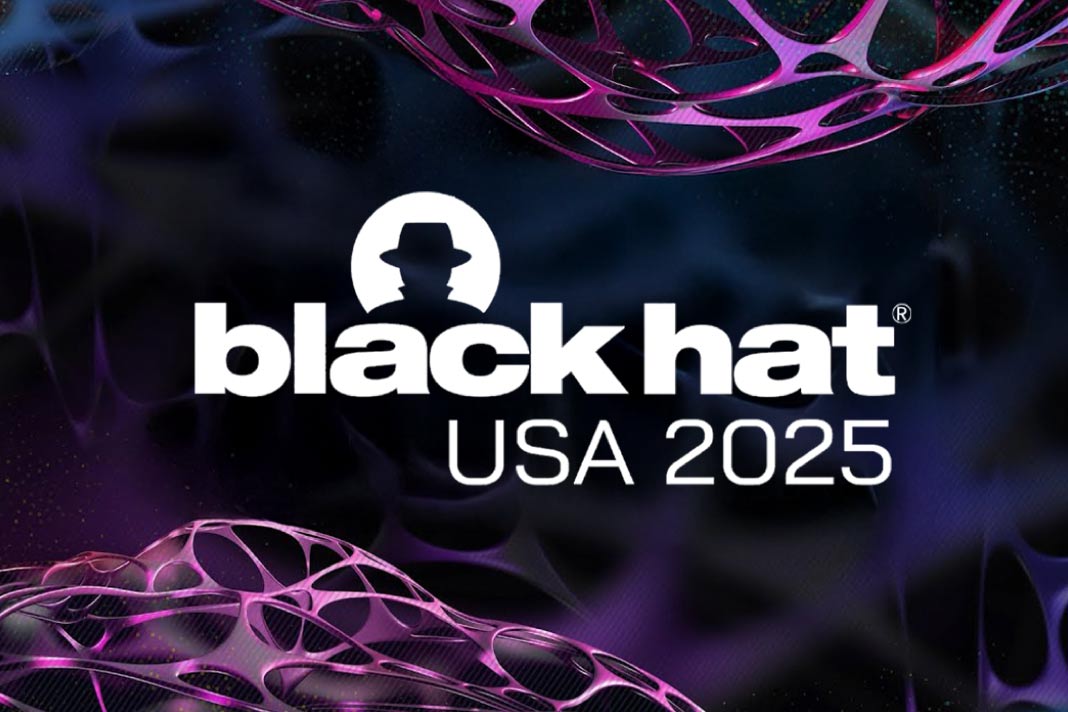Black Hat USA 2025 showcased breakthroughs in AI, quantum computing, supply chain, and cloud security, shaping the future of cybersecurity defense worldwide.
Black Hat USA 2025, held from August 2–7 at the Mandalay Bay Convention Center in Las Vegas, continued its tradition as a premier global cybersecurity event. It gathered leading experts, researchers, government officials, and innovators to explore cutting-edge research, emerging threats, and forward-looking solutions. The conference underscored the shift from reactive cyber defense to proactive, intelligence-driven security strategies essential in today’s rapidly evolving digital landscape.
Key takeaways from Black Hat USA 2025.
Cybersecurity’s Expanding Battlefield
With digital ecosystems growing ever more complex, Black Hat 2025 reflected cybersecurity’s expanding scope beyond traditional enterprise threats. Topics included AI-driven attacks, quantum computing threats, supply chain vulnerabilities, and the new frontier of space technology cybersecurity.
Experts emphasized that the explosion of interconnected devices, IoT adoption, and cloud migration massively expands attack surfaces. Effective defense now demands adaptive, intelligence-infused strategies that transcend classic perimeter barriers.
Key Themes and Highlights
1. Artificial Intelligence: A Double-Edged Sword
AI was a central theme, showcasing its dual role as a powerful ally for defense and a sophisticated tool for attackers. Presenters highlighted AI’s impact on accelerating threat detection, automating response, and refining vulnerability scans, while warning of AI-enhanced phishing, polymorphic malware, and automated exploits crafted by cybercriminals.
A standout demonstration revealed an adversarial AI attack that duped deep learning-based security models by subtly manipulating inputs—highlighting the urgent need for AI systems robust against adversarial tactics.
2. Quantum Computing Approaches Reality
While still emerging, quantum computing’s potential to disrupt traditional cryptography drew significant attention. Experts updated attendees on post-quantum cryptographic standards currently in development and stressed the importance of preparing for quantum threats well in advance to protect long-term data confidentiality.
3. Supply Chain Security Remains a Pressure Point
Supply chain vulnerabilities dominated multiple sessions, with case studies showing how attackers exploit trusted vendors to breach enterprises. The rise of ransomware and software supply chain compromises was underscored as a growing threat.
Speakers advocated multi-layered defenses combining continuous monitoring, zero-trust architectures, and stringent vendor risk management. Novel automation tools debuted to help companies detect and react to supply chain risks in real time.
4. Evolving Threat Landscape in the Cloud
Cloud security insights highlighted attackers exploiting identity weaknesses, cloud resource misconfigurations, and software supply chain flaws. Sessions introduced innovative cloud-native threat detection technologies leveraging machine learning to spot anomalies instantly.
Panelists reiterated the importance of shared responsibility models and continuous automation of cloud security posture management to keep pace with adversarial tactics.
5. Space and Satellite Security: A New Cyber Frontier
The 2025 conference marked a milestone as space cybersecurity gained prominence. With the increasing reliance on satellite constellations for communications, navigation, and defense, speakers examined vulnerabilities like signal spoofing, jamming, and interception.
Research presentations on secured satellite command and hardened communication protocols drew significant interest, signaling space technology as an emerging domain requiring dedicated cybersecurity vigilance.
Hands-On Trainings and Interactive Labs
Beyond presentations, Black Hat 2025 featured extensive hands-on trainings covering ethical hacking, exploit development, penetration testing, and secure coding. Live “Red Team vs. Blue Team” exercises simulated complex attack-defense scenarios, providing practical exposure to real-world threat dynamics.
Innovation Hub: Business Hall
Hundreds of vendors showcased next-generation cybersecurity tools including AI-driven threat intelligence platforms, endpoint detection and response (EDR) solutions, zero-trust implementations, and post-quantum cryptography products.
Emerging startups unveiled automated compliance monitoring systems and secure remote work collaboration tools tailored for evolving regulatory and hybrid work environments.
Government and Policy Insights
Government officials participated in panels discussing cybersecurity regulations, critical infrastructure defense, and enhanced public-private collaboration frameworks. Emphasis was placed on fostering innovation-friendly policies that balance privacy, security, and economic growth.
Key Takeaways from Black Hat USA 2025
- Adaptive Defense Is Crucial: Static security models are obsolete; AI and automation enable proactive, dynamic protection.
- Prepare for Quantum: The shift toward post-quantum cryptography is accelerating. Early strategic planning is essential.
- Prioritize Supply Chain Security: Robust vendor risk management and automation are vital against sophisticated supply chain threats.
- Cloud Security Demands Innovation: Real-time detection and automated posture management form the cornerstone of modern cloud defense.
- Emerging Space Cybersecurity: Satellite and space infrastructure protection is becoming an urgent priority.
- Human Expertise Remains Key: Skilled cybersecurity professionals are indispensable alongside automated solutions.
Conclusion
Black Hat USA 2025 showcased a cybersecurity landscape defined by complexity, innovation, and urgency. From AI’s promise and peril to quantum’s looming challenge and space security’s dawn, the community is uniting to defend a vastly interconnected world.
The conference made clear that success hinges on integrating advanced technologies, operational clarity, and continuous skill development. Cybersecurity professionals and organizations depart equipped with new tools, strategies, and insights to face a bold, dynamic future.
The future of cybersecurity is here—ready to be shaped with vigilance, collaboration, and innovation.



